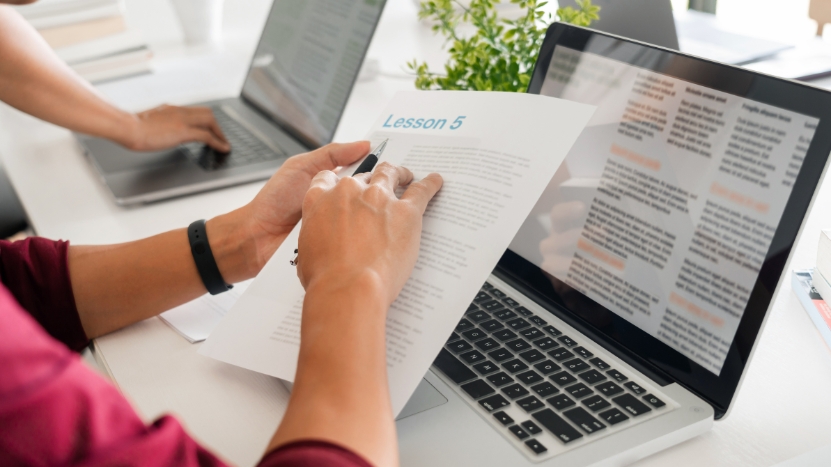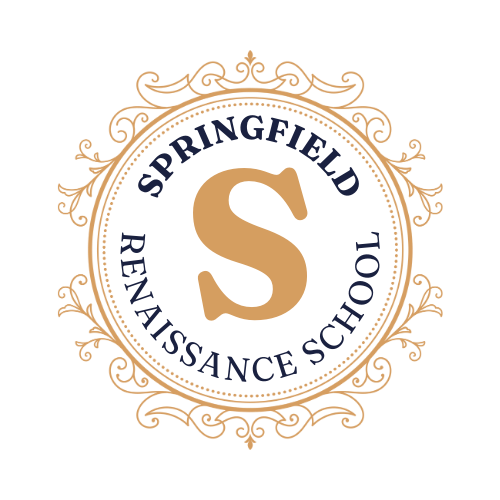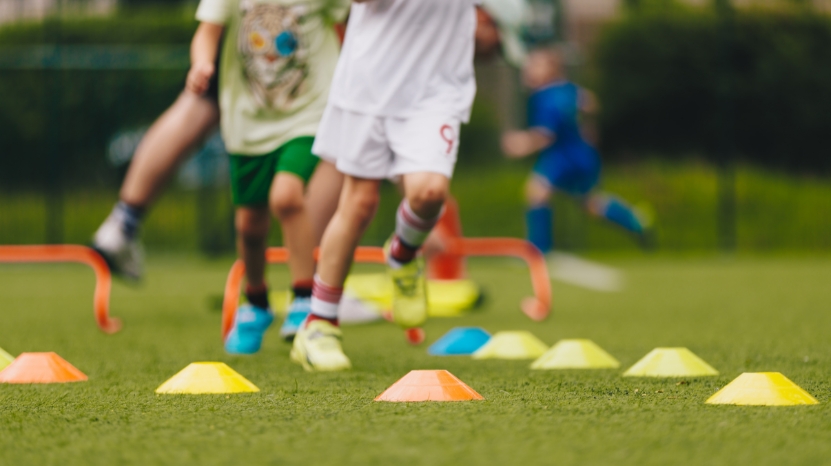
Share Post:
Exam preparation often brings high levels of stress, leaving students searching for methods that actually work.
Active recall offers a proven strategy to improve performance by focusing on memory retrieval rather than passive reading.
Mastering active recall and applying it consistently helps learners boost retention and achieve better exam results.
Let us take a look at how you can master active recall to achieve better exam results.
Core Techniques of Active Recall
Learning how to apply active recall begins with understanding its practical methods. Several techniques provide effective options for students across disciplines.
Here are the most reliable strategies:
Flashcards
Digital flashcards remain a staple of active recall.
Tools such as Anki, Gizmo, and Quizlet allow learners to design question-and-answer cards tailored to their study goals.
Benefits include portability, customizable features, and built-in spaced repetition algorithms.
Proper use requires attempting to recall the answer before flipping the card, as highlighted by educators like Zach Highley.
Key benefits of flashcards include:
- Easy customization for specific subjects
- Portability for studying anywhere
- Integration with spaced repetition for long-term memory
Practice Questions & Past Papers

Practice questions and past exam papers replicate the real test environment better than any other technique.
Applying these in spaced intervals maximizes retention.
Weak areas can be identified by color-coding or digital tracking on platforms such as Osmosis, following approaches promoted by Alexander Young.
Advantages of practice questions:
- Familiarity with exam format and style
- Identification of weak areas through analysis
- Reinforcement of active recall under realistic conditions
Blurting
Blurting requires writing down everything recalled on a subject without using prompts. This raw form of recall often reveals both strengths and weaknesses in knowledge.
It improves recall speed and accuracy by challenging the brain to retrieve information under pressure.
Regular practice helps identify gaps and provides a clear measure of progress.
Feynman Technique
Teaching material to another person in plain, simple language is a powerful test of mastery.
If a learner cannot explain a concept clearly, it indicates that more review is necessary.
The act of simplifying complex ideas forces deeper comprehension while strengthening memory.
Students who consistently practice this technique gain confidence in their knowledge and can identify gaps more easily.
Mind Mapping & Diagrams
Visual recall techniques complement written and spoken recall methods. Mind maps and diagrams provide structure for linking multiple concepts.
For subjects with overlapping themes, this method encourages connections across different areas.
Why mind maps and diagrams work:
- Encourage visual recall and memory retention
- Help integrate knowledge across subjects
- Provide a structured overview for complex material
Tools & Apps to Maximize Active Recall
Digital platforms make active recall more accessible and structured. Choosing the right tool depends on study style and goals.
Here are the leading options:
- Anki: Uses a powerful algorithm for spaced repetition and is highly popular in medical education.
- Gizmo: Creates AI-powered flashcards to reduce preparation time.
- NotebookLM / Notion: Provide customizable systems for recall testing and note organization.
- Shiken (Alexander Young): Features peer-reviewed questions, gamified learning, and mindfulness tools.
- Quizlet: Offers mobile access and shared decks covering a wide range of subjects.
Using these tools ensures that recall practice is systematic and efficient.
How to Use Active Recall Effectively

Methods alone are not enough; successful application of active recall depends on careful planning and execution.
Learners who follow a structured process often achieve far better results.
Step-by-Step Implementation
Before beginning recall practice, a basic grasp of the topic is essential.
Trying to recall information that has not been studied leads only to frustration.
After initial learning, a short period of sleep allows memory consolidation, as emphasized by Zach Highley.
Recall should begin within 24 hours of exposure to new material, followed by repetition at increasing intervals.
Implementation steps include:
- Gain basic familiarity with the material
- Sleep before the first recall session for better consolidation
- Begin active recall within 24 hours
- Repeat sessions using spaced intervals
Planning Your Study
Effective study planning shifts focus away from hours of passive review and toward measurable progress.
Success is tracked by the number of correct answers recalled rather than the time spent with notes.
Tools such as Anki, Shiken, Evernote, and Notion provide scheduling systems that combine active recall with spaced repetition.
Learners who use structured planners often notice faster improvement.
Track & Capture Incorrects

Mistakes are valuable learning opportunities. Incorrect answers should not be ignored but instead transformed into new practice questions or flashcards.
The process ensures that weak points are reinforced in later sessions. Over time, consistent correction of errors strengthens recall where it matters most.
Prioritize Topics
Not all subjects carry equal weight in exams. Efficient recall begins with high-yield, foundational material.
Once mastery of these topics is secured, focus shifts toward past errors and then onto niche details.
By layering recall in this order, learners maximize efficiency and avoid wasting time on trivial details before mastering essentials.
Combining Active Recall with Spaced Repetition
Active recall reaches full potential when paired with spaced repetition.
Reviewing material at carefully timed intervals strengthens long-term retention by refreshing memory just before it begins to fade.
Suggested intervals often follow a sequence of one day, three days, seven days, and two weeks.
Platforms like Anki, Gizmo, and Osmosis offer built-in spaced repetition features, taking the guesswork out of scheduling.
Evidence consistently shows superior retention when spaced repetition is applied compared to last-minute cramming.
Learners preparing for high-stakes exams benefit most by combining both approaches consistently.
Mistakes to Avoid
@livingthevegalifee Replying to @lol Active recall is the best study technique for memory. If you’re studying and cramming this week you definitely want to use this ai website to make a study guide for exams. Use these study tips and study guides to power through the last week of finals and exams. #creatorsearchinsights #studytips #studyhacks #studymotivation #learning #education #studywebsite #studywithme #studyskills #studytechniques #apexams #finalexams #finalsszn #collegetips #collegeexams #examstress #cramming #collegecontent ♬ I Aint Got No Panties on on the Dance Flooo – Wax-A-Million
Common errors can weaken the benefits of active recall. Awareness of these pitfalls allows learners to stay on track.
Mistakes often include:
- Flipping flashcards too quickly prevents actual recall effort
- Starting recall before achieving a basic grasp of the material
- Overcramming or neglecting sleep, both of which hinder memory consolidation
- Ignoring large concepts in favor of trivial details
- Failing to track progress over time, which blocks the identification of weaknesses
Avoiding these mistakes ensures steady improvement and builds stronger exam readiness.
Summary
Active recall has the potential to transform exam preparation into an efficient, results-driven process.
Proper use, supported by spaced repetition and planning, creates long-lasting retention.
Avoiding passive habits while prioritizing high-yield study ensures maximum benefit.
Consistency, reflection on mistakes, and smart use of tools all contribute to success. Don’t just study harder—study smarter with active recall.
Related Posts:









